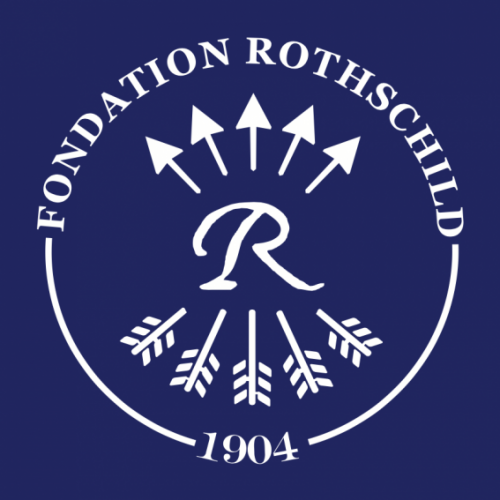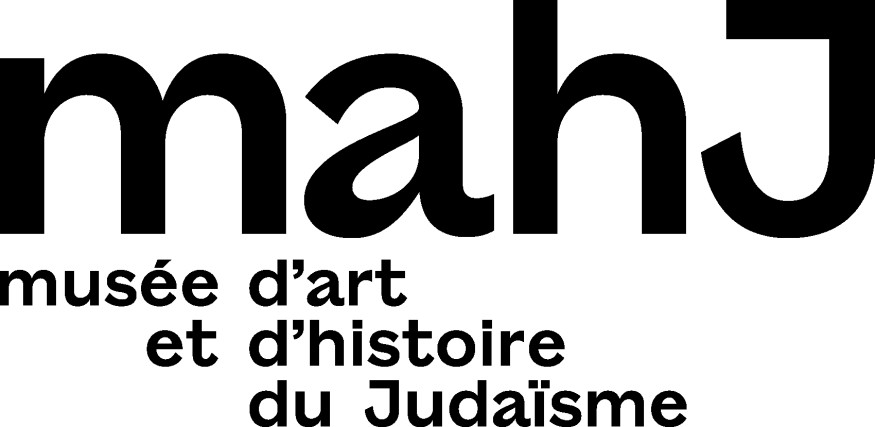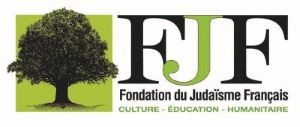The time has not yet come for our review to return to its usual rhythm and publish the texts we had planned. For what else can we think about but what has just happened, what is happening today, and what there is to fear for the times ahead? So, for the time being, we will only be publishing – without a precise timetable – what we can about current events in Israel and Europe, such as the war in Gaza and its aftermath. These are events that have a profound impact on the history of the Jewish world itself. After the massacres of 7 and 8 October, the word pogrom has returned to take its place as a reality in the history of the State of Israel. We have re-read Bialik’s In The City of Slaughter, written after the Kishinev pogrom of 1903 – when nearly fifty Jews were murdered – and suggest that our readers read or re-read it. What is a pogrom? This poem, which played an important role in the self-awareness of a generation of European Jews at the beginning of the twentieth century, must be read in its entirety, slowly and silently, in order to understand what the ordeal represented. And to enter into the ordeal that is now ours. What is a pogrom today, in 2023, in Israel, where more than 1,400 people have been massacred? While the magnitude of such an event is not yet fully understood, Bruno Karsenti and Danny Trom, in their text “Following the Pogrom“, describe a shaking of the coordinates of the Jewish world as they had been established since the end of the war and the creation of the State of Israel. And they try to provide some points of reference in what is, for our generation, a new earthquake.
Join us
With the support of:
Thanks to the Paris office of the Heinrich Böll Foundation for their cooperation in the design of the magazine’s website.






